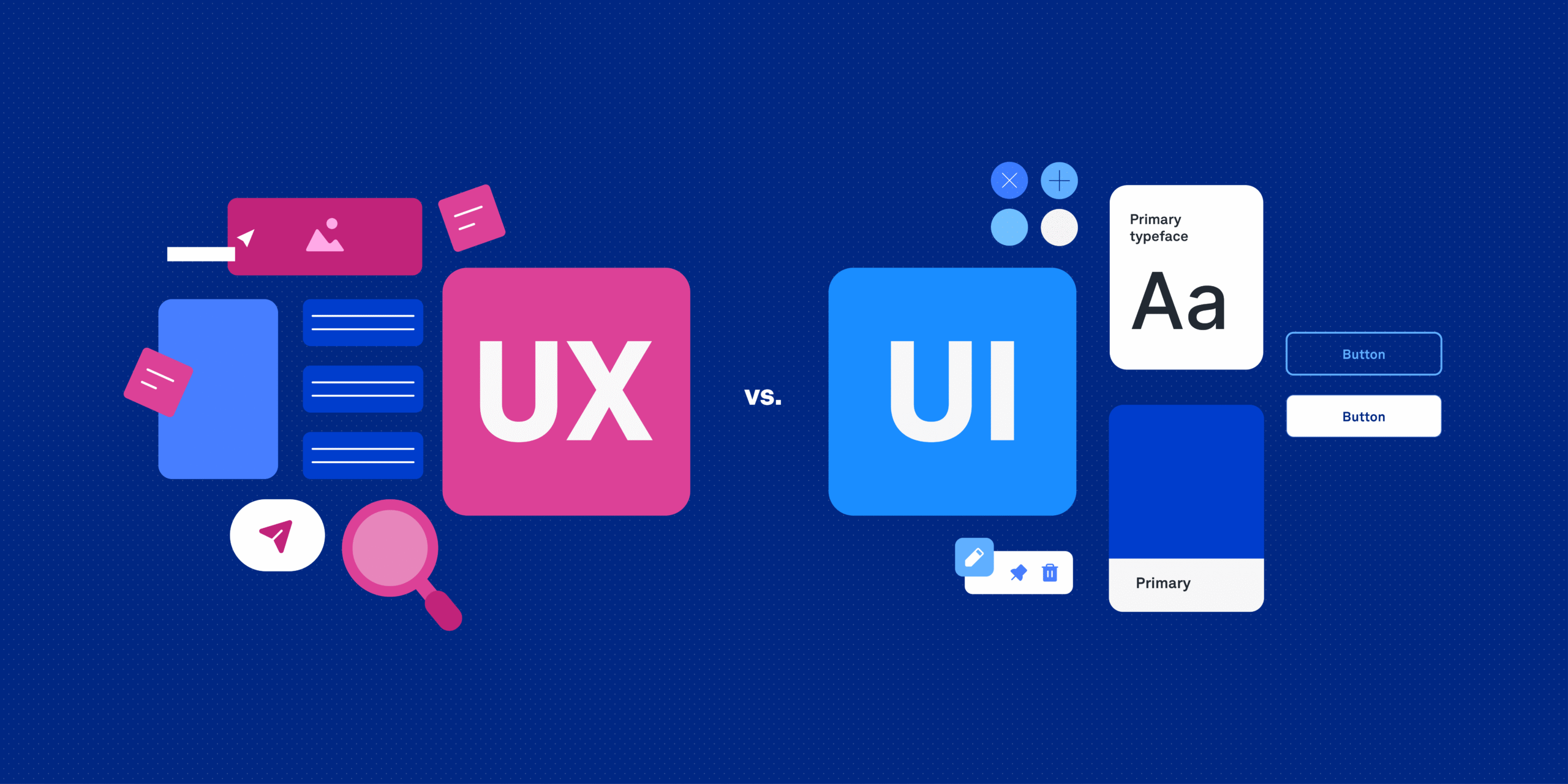User experience (UX) refers to how a user feels while navigating a website—what they notice, what they understand, and the decisions they make. UX isn’t limited to design or code; it also involves intangible factors like brand trust. In today’s digital world, SEO and UX are no longer separate paths—they’re deeply connected.
When someone searches on Google, the goal is to present results that truly satisfy the user’s intent. If a visitor lands on your site and finds exactly what they need through clear navigation and valuable content, that counts as a win for both user experience and SEO. On the other hand, if the experience is poor—slow load times, confusing layout, or low-value content—users leave quickly. This behavior sends negative signals to search engines, affecting your rankings over time.
How to Improve User Experience on Your Website
Load speed
Page load time is one of the main reasons users abandon a site, especially on mobile. Use Google’s PageSpeed Insights to test each important URL on your site—home, blog posts, services, etc.—and ensure all load quickly. Faster pages offer a better experience and earn more SEO points.
Quality content
High-quality, well-structured, and engaging content improves both UX and SEO. It keeps users interested and signals to search engines that your content is valuable. Poor content results in high bounce rates, low engagement, and negative search performance. Avoid shortcuts like auto-generated or translated filler content—Google is getting better at detecting low-effort pages.
Responsive design
Google prioritizes mobile usability. A responsive design that adapts smoothly to all screen sizes ensures a better experience and satisfies Google’s mobile-first indexing. You can test your mobile readiness in Google Search Console’s mobile usability section.
Usability-focused design
A site that’s visually appealing but difficult to navigate will fail. Focus on intuitive layout and clear structure, so users of all levels can browse your site easily. Today, successful websites prioritize both aesthetics and usability.
Benefits of a Strong User Experience
- Lower bounce rate: When users quickly find what they came for, they’re more likely to stay and explore further.
- Higher CTR: When users click your result and don’t return to Google, it signals satisfaction and relevance.
- More conversions: Whether your goal is a sale, form submission, or page view, better UX boosts the likelihood of action.
- Better SEO rankings: Good UX leads to user satisfaction, which Google rewards. When your site is well-structured and content is easy to understand—for both humans and crawlers—it improves indexing and visibility.
Conclusion: UX and SEO Go Hand-in-Hand
A website designed with user usability at its core allows users to navigate easily and find what they’re looking for. Combine this with high-quality content, and your site earns both user trust and Google’s favor. As Google’s algorithms continue to evolve, putting users first remains the most sustainable SEO strategy.





